9 Ways Generative AI in Transportation is Enhancing the Sector
Imagine AI-powered systems that can reroute cars, change traffic lights on the fly, and even anticipate accidents to make traffic safer and more efficient for everyone.
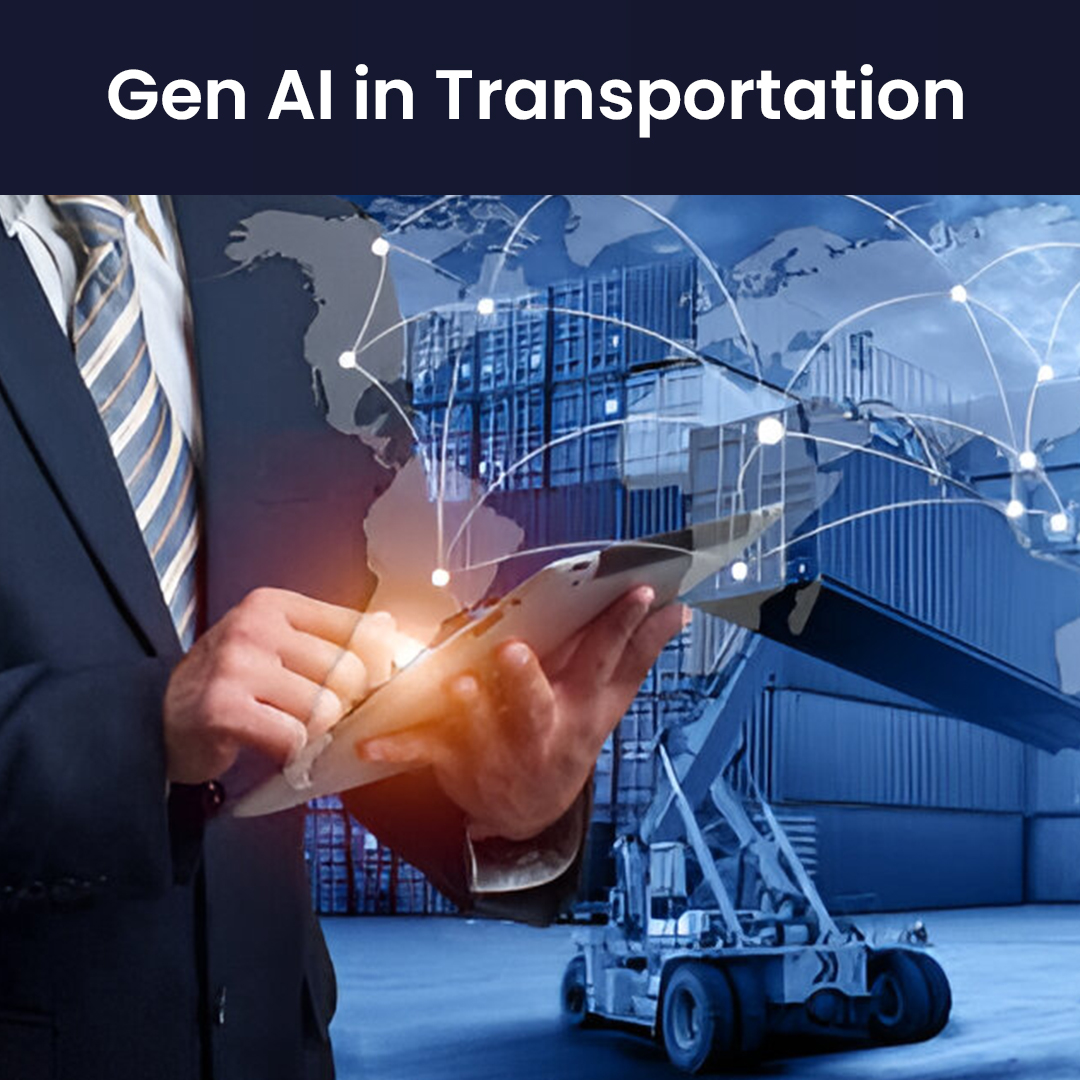
Boost Operational Resilience with Our AI-Powered Warehouse, Inventory Management, and Predictive Maintenance Services
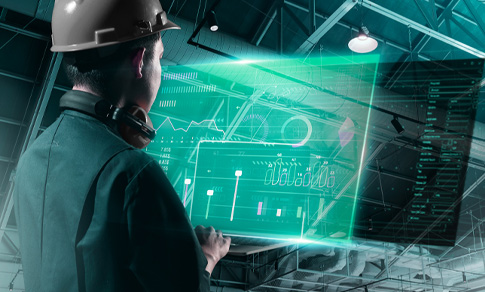
“Generative AI can retrieve, parse, analyze, organize, and synthesize a range of disparate datasets, text, documents, and other readable/scannable content. Increasing adoption of Generative AI will streamline and optimize many tasks across the transportation life cycle, from reducing the time to onboard new carriers, to simplifying the freight audit process. At a broader level, Generative AI will drive the core transportation operations needed to achieve on-time service and customer service-level targets.”– Deloitte
Where Generative AI Meets Transportation?
According to an IDC survey, over 50% of transportation companies are already using gen AI, with knowledge management, marketing (better shipper/lead conversion, increased dynamic pricing/quoting), and product/service creation accounting for over 70% of use cases. Furthermore, a survey by Precedence Research projects that the industry will reach $19 billion by 2032, growing at a rate of 44% annually. Because generative AI can help manage shifting consumer behavior, cost challenges, labor shortages, and interruption from geopolitical conflict, regulations, and even black swan events, transportation, and logistics will continue to contribute to that growth.
As instant value producers, industry leaders have already made investments in use cases related to contract consulting, transportation execution, and customer experience. This is only the start. With its conversational, referential, and creative characteristics, if applied properly, generative AI in transportation and logistics will help every link in the value chain.
Benefits of Generative AI in Transportation
- Dynamic Optimization: Through the analysis of traffic data (both personal and commercial), pedestrian crossings, and emergency vehicle locations, generative AI can enhance transportation networks in real-time while considering the backdrop of current events (e.g., upcoming major event, street closure etc.).
- Improved Efficiency: Generative AI can anticipate infrastructure and vehicle maintenance requirements before they arise by evaluating several data inputs. This makes it possible to take preventative action, avoiding malfunctions and shutdowns and ensuring safer and more dependable transportation for both people and products.
- Personalized Experiences beyond A to B: In addition to optimizing network mobility, insurance, and the way we communicate about our journeys, generative AI is producing more complex, customized routes for drivers and passengers. This has demonstrated the ability to decrease travel time and fuel consumption, save operating and insurance expenses, and improve network safety performance.
Streamline Your Supply Chain Through Automation and Smart Forecasting with Our Generative AI Expertise
9 Most Crucial Use Cases of Generative AI in Transportation
Here are several intriguing transportation applications to look into, based on Interchange’s insights and current advances in generative AI:
 1. Optimized Transportation Routes
1. Optimized Transportation Routes
Creating effective transportation routes has long been a challenge for trucking and freight-forwarding businesses. To create the best routes and cut expenses, generative AI algorithms can examine trade agreements, tariffs, traffic patterns, data from public transit, and other factors.
International shipping businesses can employ Gen AI models to identify the most cost-effective delivery method, the most environmentally friendly route, and strategies to reduce carbon emissions by considering variables like shipment volumes, vessel capacity, and port capacities. Global logistics provider DHL now optimizes and modifies delivery routes using generative AI.
2. Dynamic Inventory Management
When inventory control managers handle tens of thousands of incoming and outgoing units daily, inventory management in warehouses can become challenging. Gen AI has allowed warehouses to improve product visibility, prevent stockouts and overstock surpluses, and more. The ideal inventory levels for warehouses to carry are established using information gathered from lead times, demand, stock levels, and other sources.
Systems driven by generative AI can dynamically organize warehouse layouts according to product popularity and order forecasts of certain items, cutting down on trip time and boosting efficiency. Substantial amounts of warehouse management data, including product locations, movement schedules, and demand trends, can be analyzed using Gen AI systems. Generative AI in transportation can create warehouse layouts that enhance product handling and storage efficiency based on this data.
3. Autonomous Vehicles & ADAS
To train autonomous cars and ADAS systems for even the most unforeseen circumstances, AI can produce a wide range of realistic virtual driving scenarios. Additionally, AI can assist in improving autonomous vehicles’ decision-making abilities by creating simulations of different weather patterns and road conditions.
Considering variables like traffic, weather, and road closures, generative AI can determine the safest and most effective routes for self-driving cars.
Demystify AI and Automation for Supply Chain
4. Traffic Management & Optimization
By using generative AI to evaluate traffic data in real-time, forecast congestion patterns, and suggest alternate routes, travel times and emissions can be reduced. Generative AI can adjust traffic light timings based on current conditions to guarantee smoother flow and lessen bottlenecks. Its capacity to analyze historical data and predict future demand for various modes of transportation enables better resource allocation and route design.
Uber is one example of this, as it is developing new routing algorithms that can aid in reducing traffic congestion through generative AI. To determine the most effective routes for Uber drivers, these algorithms consider both historical and real-time traffic data.
5. Demand Forecasting & Predictive Maintenance
For supply chain managers to create efficient ordering patterns, accurate demand forecasting is crucial. Through the analysis of extensive historical data, including elements like seasonality, promotions, customer sentiment, and economic situations, generative AI in demand forecasting can precisely forecast future trends and identify hazards. These solutions can also incorporate a variety of supply and demand limitations while automatically updating the ordering plan. This keeps the replenishment plan current and realistic while optimizing inventory levels and minimizing stockouts.
Logistics businesses can schedule proactive maintenance rather than reactive repairs by using generative AI to forecast when equipment and vehicles are likely to need maintenance. This lowers unforeseen expenses, prolongs asset lives, and minimizes downtime.
6. Smart Supplier Contract Management
By recording, evaluating, and automating compliance procedures and creating standardized and personalized templates, suppliers may use generative AI technology to transform contract administration and save time and money overall. In addition to setting warnings for contractual commitments, clause deviations, data privacy commitments, contractual duties involving data breaches, and much more, it can automatically prepare contract agreements for suppliers and enhance overall compliance.
Generative AI has already been used by businesses to create contract management systems to expedite the contract creation, review, and negotiation processes. Using pattern-matching algorithms, it can recognize and aggregate different contract types from databases according to their nature and function.
7. Intelligent Fleet Management Solutions
Large-scale logistics companies and carriers can effectively employ generative AI in transportation to ask inquiries about their fleet of vehicles, performance, idling times, fuel economy, utilization, cost savings, and more through a chat interface. Based on data-driven insights, the gen AI algorithms employ natural language processing, which readily identifies patterns and trends.
Identifying potential problems and areas for development improves fleet performance by offering suggestions based on actual data.
8. Streamlined Carrier Onboarding & Comprehensive Freight Audit
Generative AI has the potential to transform the carrier onboarding process by automating performance reviews, compliance checks, and credential verification. This is because it allows users to query unstructured datasets and obtain structured and organized results. In addition, we see carrier onboarding including aggregated financial performance data, sustainability progress, real-time reputational data, and unresolved legal issues in addition to the usual insurance, safety, and compliance information.
AI-driven algorithms are perfect for thorough freight checks since they are excellent at processing large datasets. Consider doing a real-time freight payables audit. A system like that could independently check bills, spot inconsistencies, and guarantee that contracts are being followed. In summary, operations teams can reduce errors, reduce human labor, and improve accuracy in financial transactions by using generative AI to speed up resolution, improve compliance with payment terms, and enable real-time root-cause investigation.
9. Risk Management, Scenario Planning and Testing
Change is happening quickly, and there isn’t much time to assess the risks and expenses. AI can assist in the development of digital twins for testing, experimenting, and evaluating innovations in real-time and digitally on a variety of topics, including risk and sustainability.
AI algorithms in supply chain can analyze a variety of risk indicators, including traffic disruptions, weather, and geopolitical events to proactively identify risks. This enables logistics firms to create backup plans and lessen the effects of unexpected circumstances.
Optimize Transportation Routes and Reduce Delays with Our Generative AI-Powered Solutions
Future Trends & Innovations
A sneak peek at the fascinating possibilities is provided here:
- Hyper-Optimized Infrastructure: Road networks, intersections, and public transit systems can be planned and optimized by Gen AI algorithms for optimal efficiency and low traffic, which will cut down on emissions and trip time.
- Autonomous Traffic Management: Based on real-time data, Gen AI-powered systems can dynamically modify lane designs, speed limits, and traffic lights to create an automated and efficient traffic flow.
- Personalized Vehicle Design: Custom vehicle forms depending on passenger comfort, fuel economy, and even personal preferences can be produced using generative AI in transportation industry, creating a more varied and user-focused transportation environment.
Gen AI In the Transportation Industry: Final Thoughts
Generative AI is transforming transportation by enabling innovative, eco-friendly vehicle designs that optimize performance, safety, and aerodynamics. Leveraging machine learning and big data, generative AI refines transportation management by reducing traffic incidents, improving traffic flow, and enhancing urban safety through predictive analytics. In smart cities, these advancements help law enforcement address security challenges efficiently.
NextGen Invent’s transportation management system software services utilize these AI capabilities, offering businesses a proactive solution to traffic management and safety optimization.
As a leading custom generative AI development services provider, NextGen Invent specializes in integrating Generative AI development services in New York, delivering tailored systems that leverage advanced algorithms for efficient route planning, traffic analysis, and intelligent incident detection. This ensures seamless transportation experiences while addressing complex urban challenges, enabling cities and businesses to thrive with sustainable, high-performing AI-driven solutions.
Frequently Asked Questions About Generative AI in Transportation
Related Blogs
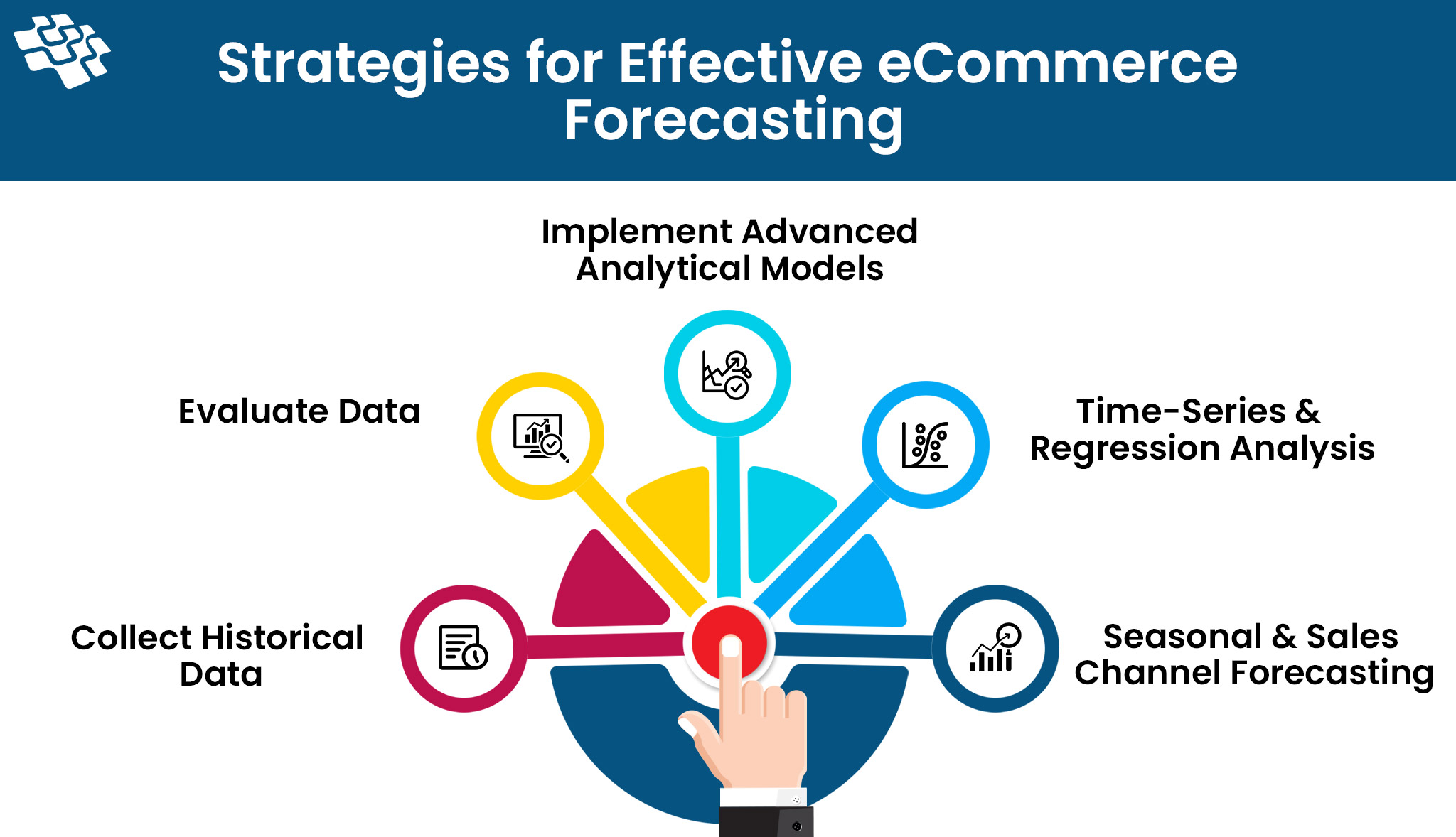
How to Win at Ecommerce Demand Forecasting in 2024?
People aren’t machines. They don’t always behave in the same ways, which can cause problems for an eCommerce business. For instance, a product that did well in sales the previous month may collect dust in a warehouse.
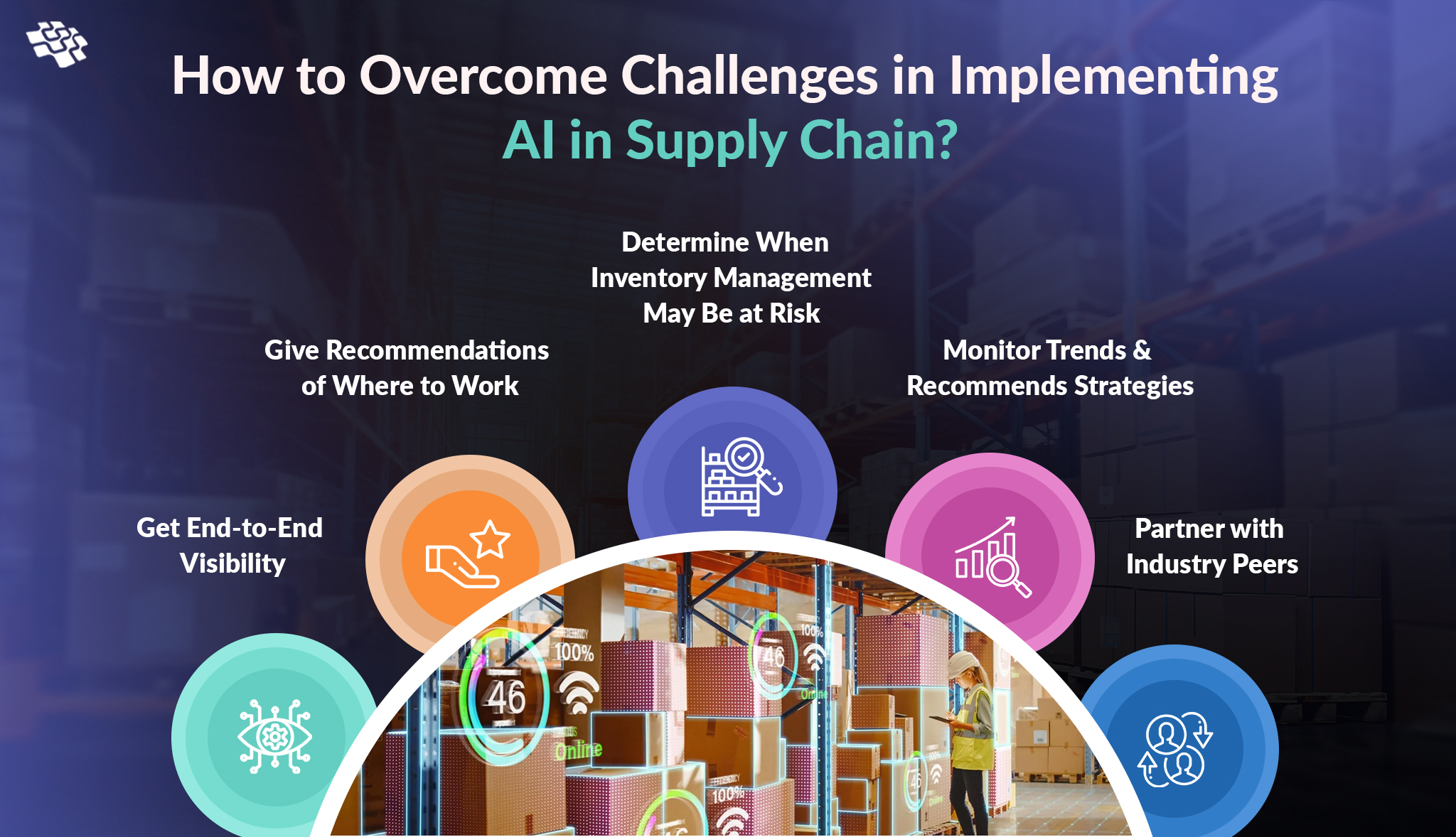
How to Overcome Challenges in Implementing AI in Supply Chain?
When it comes to the supply chain, AI technologies such as machine learning, deep learning, automation, and predictive analytics hold tremendous promise for transforming entire industries and organizations.
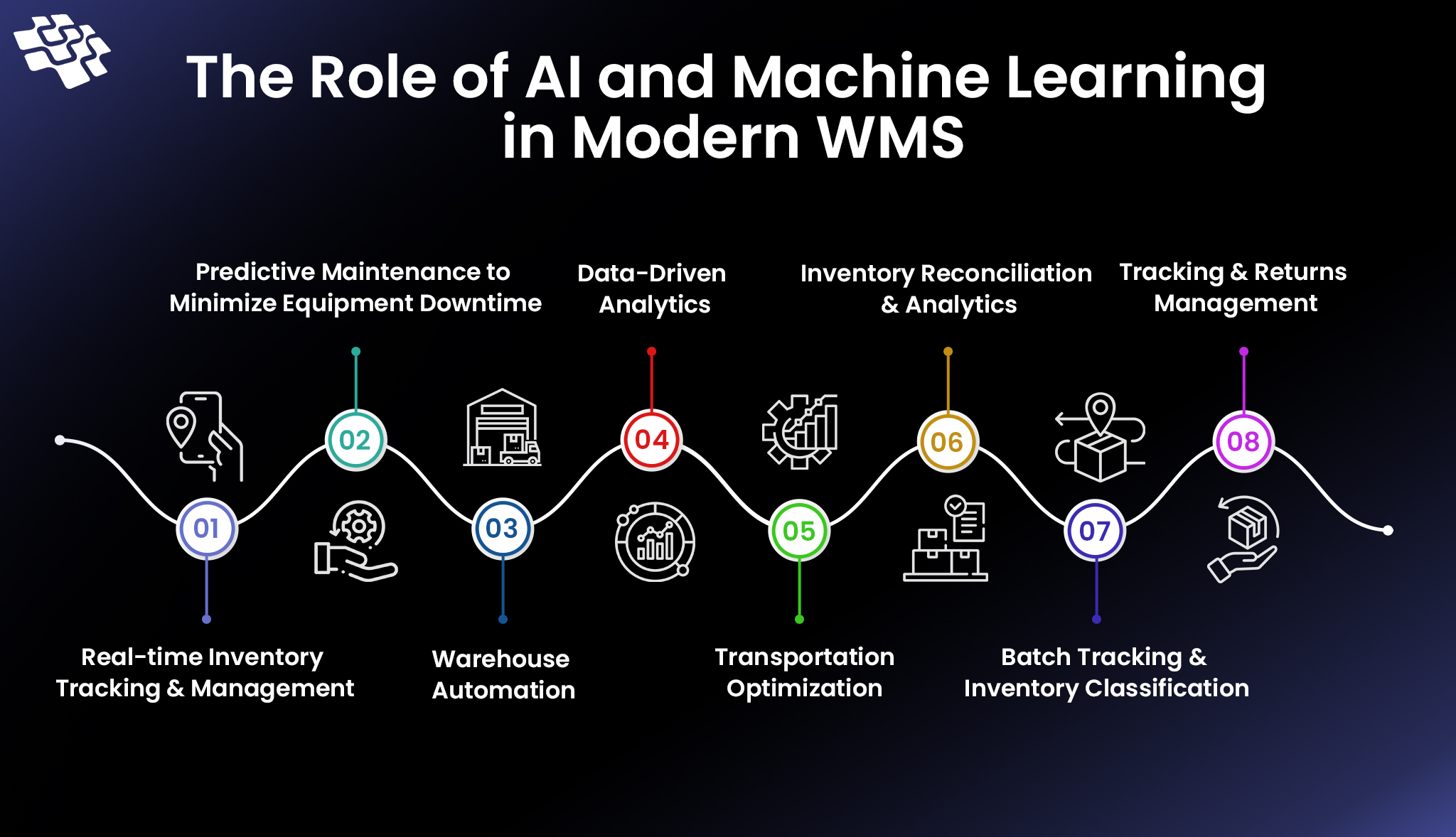
The Role of AI and Machine Learning in Warehouse Management
Warehouse management plays a significant role in supply chain operations. It ensures that goods are delivered, tracked, stored, and arranged as efficiently as possible.
Stay In the Know
Get Latest updates and industry insights every month.
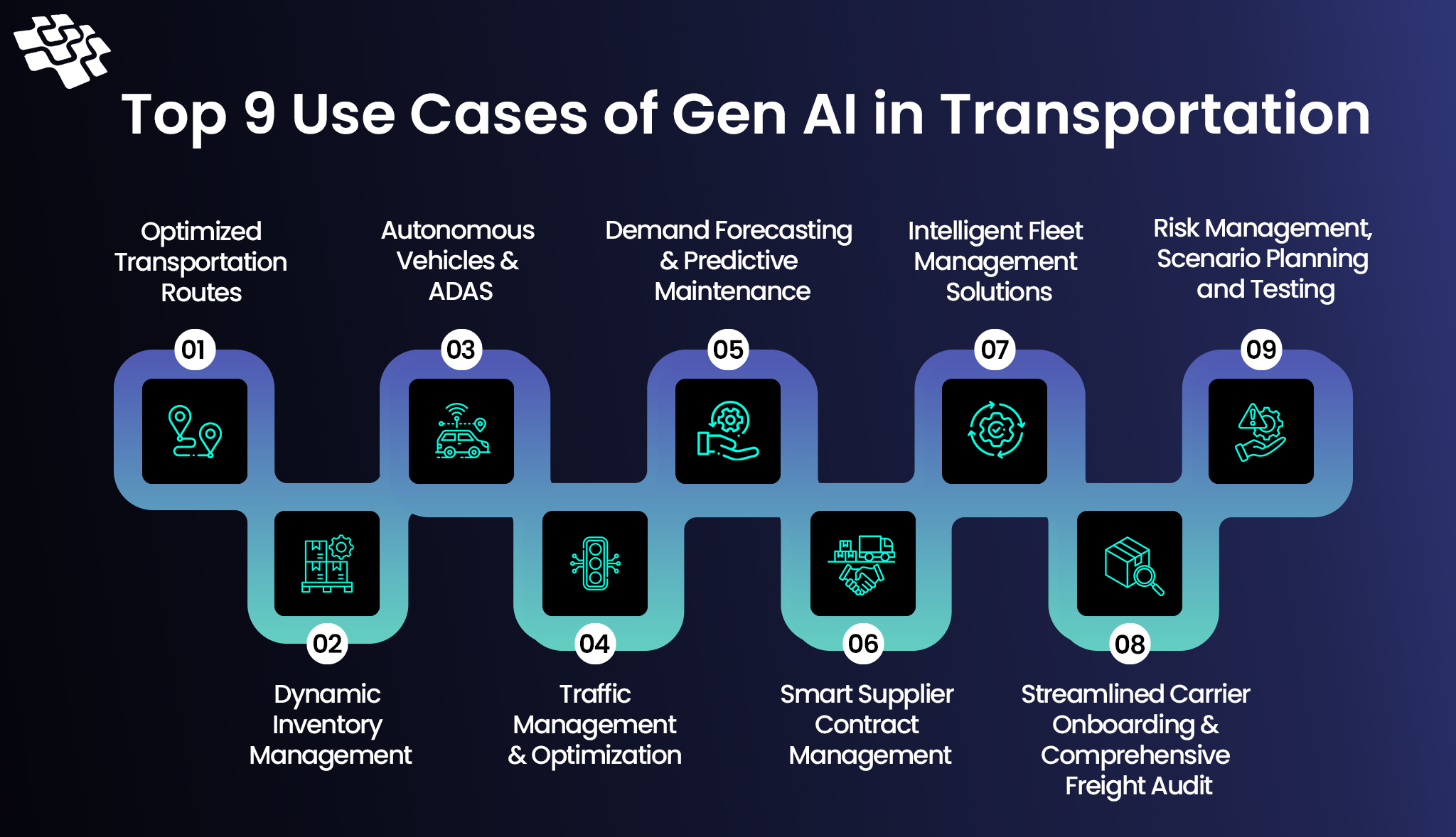 1. Optimized Transportation Routes
1. Optimized Transportation Routes